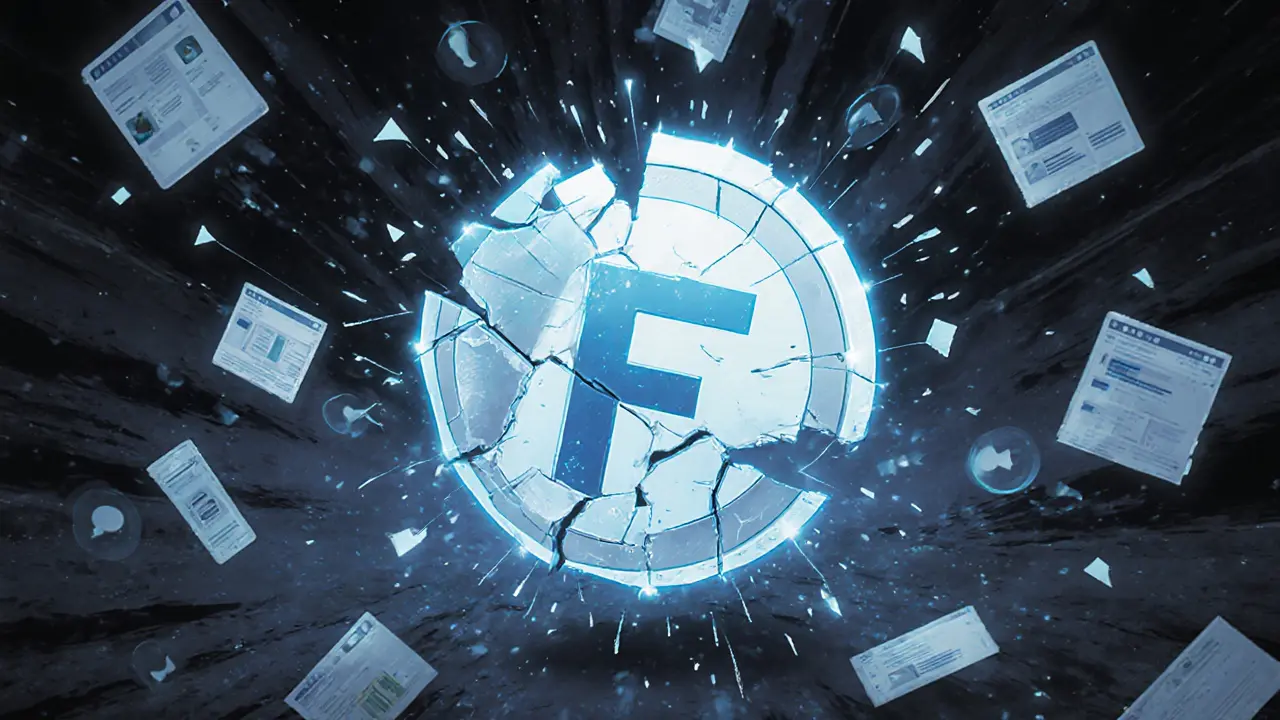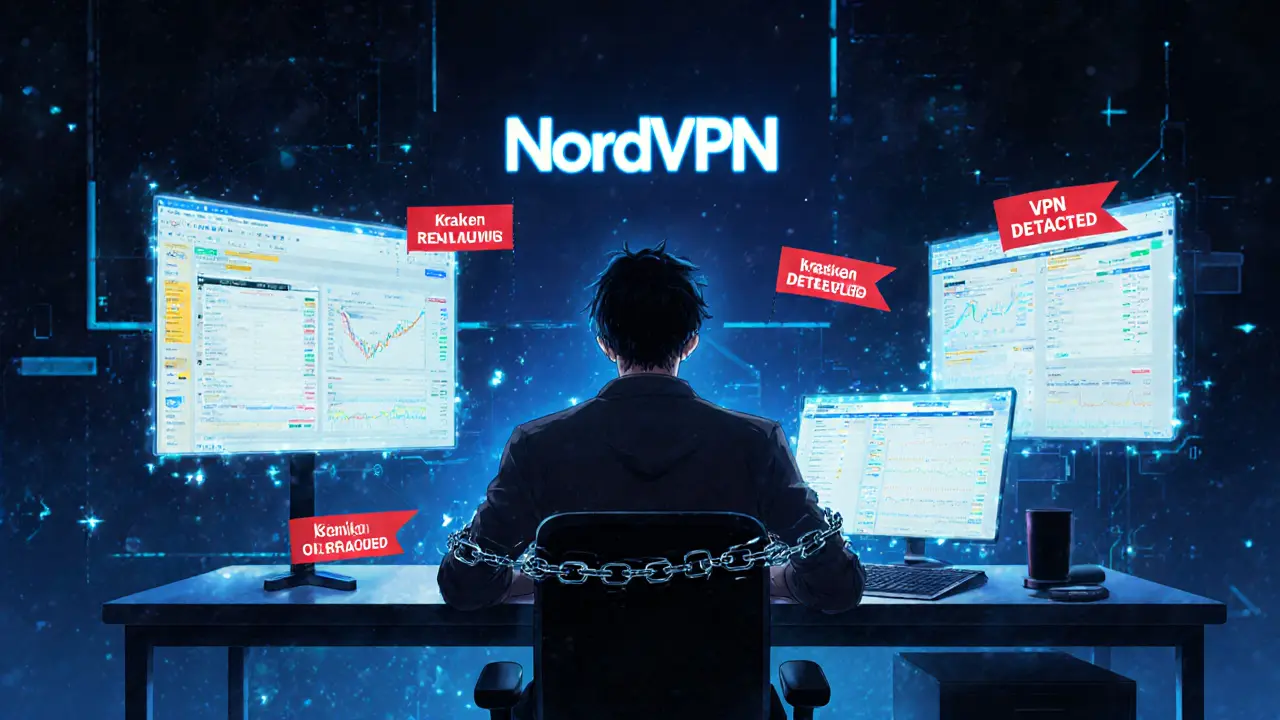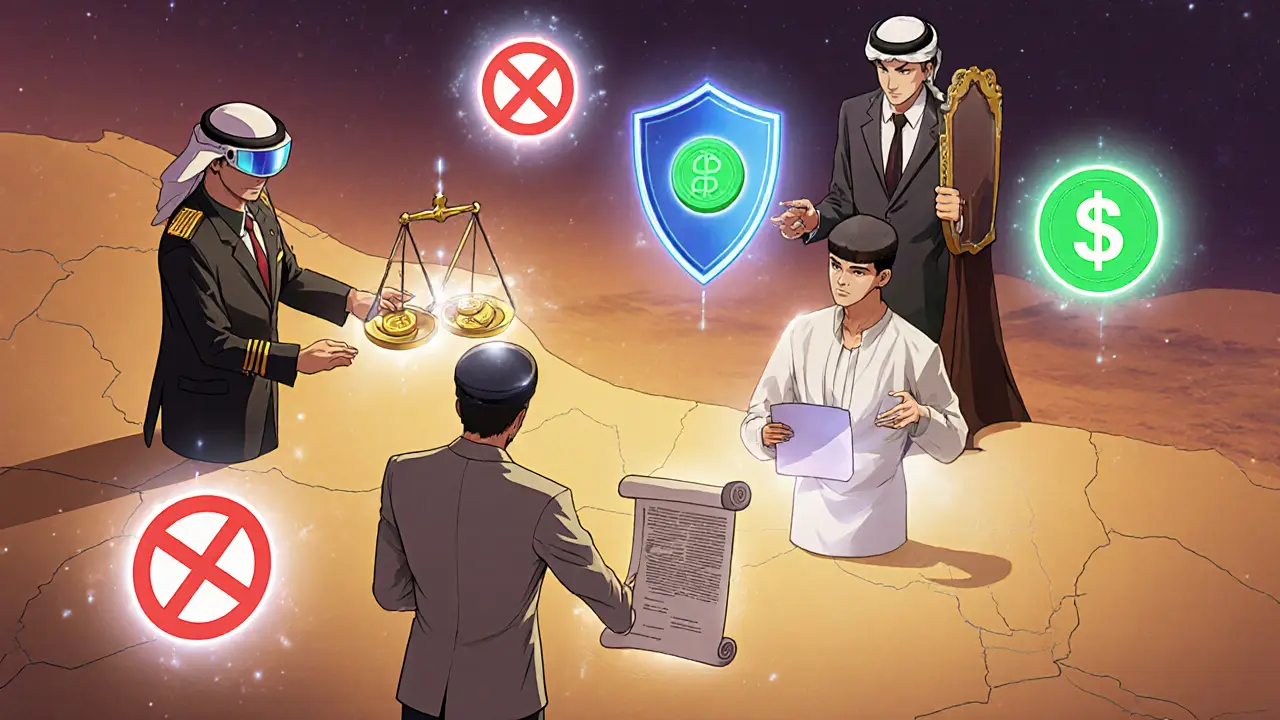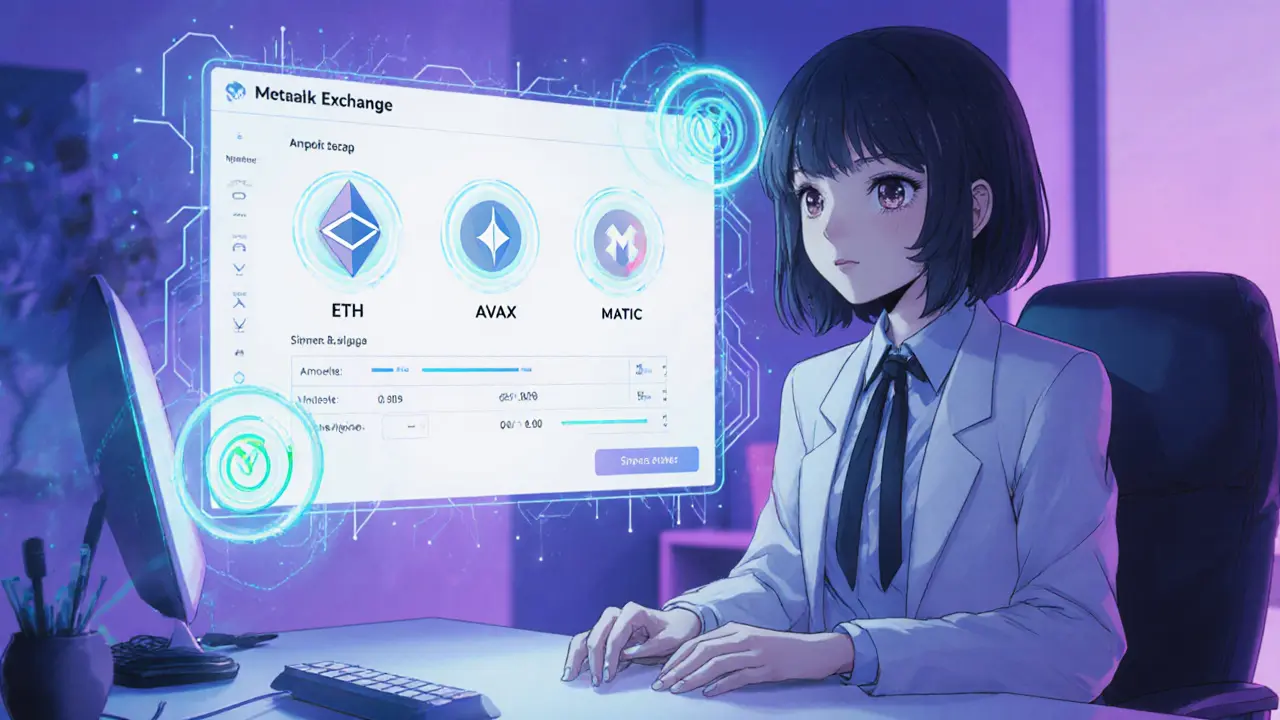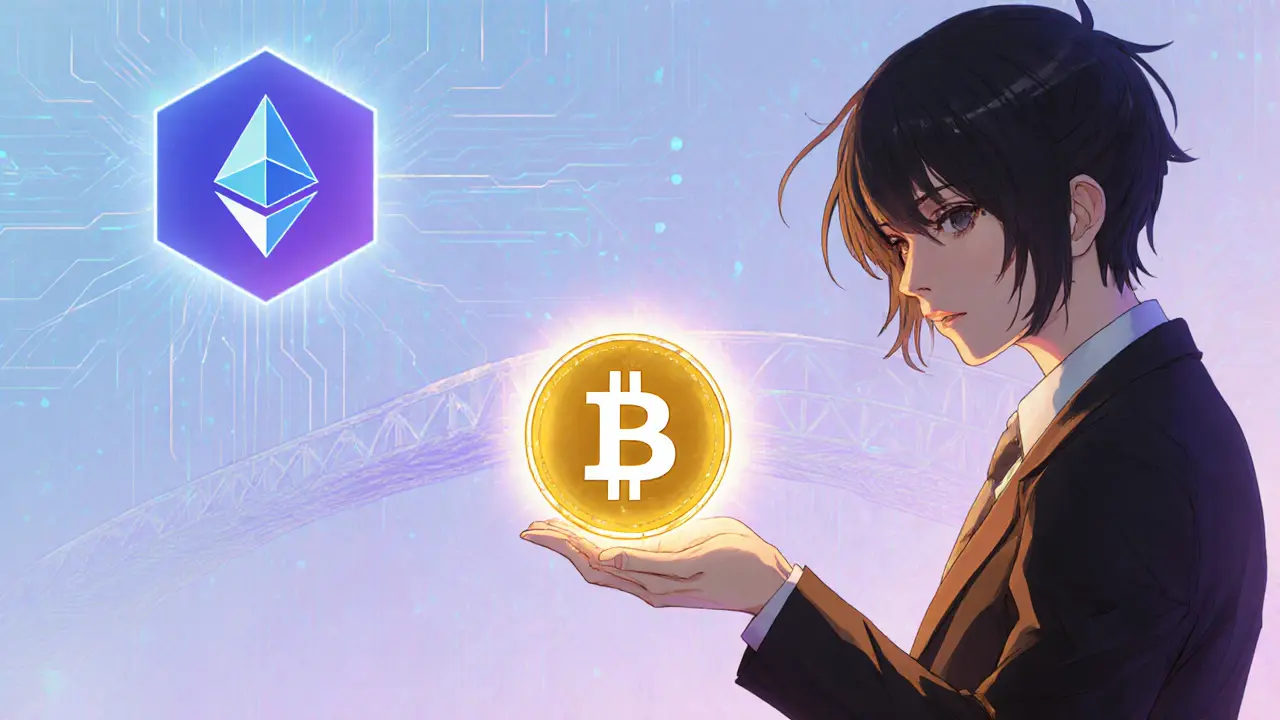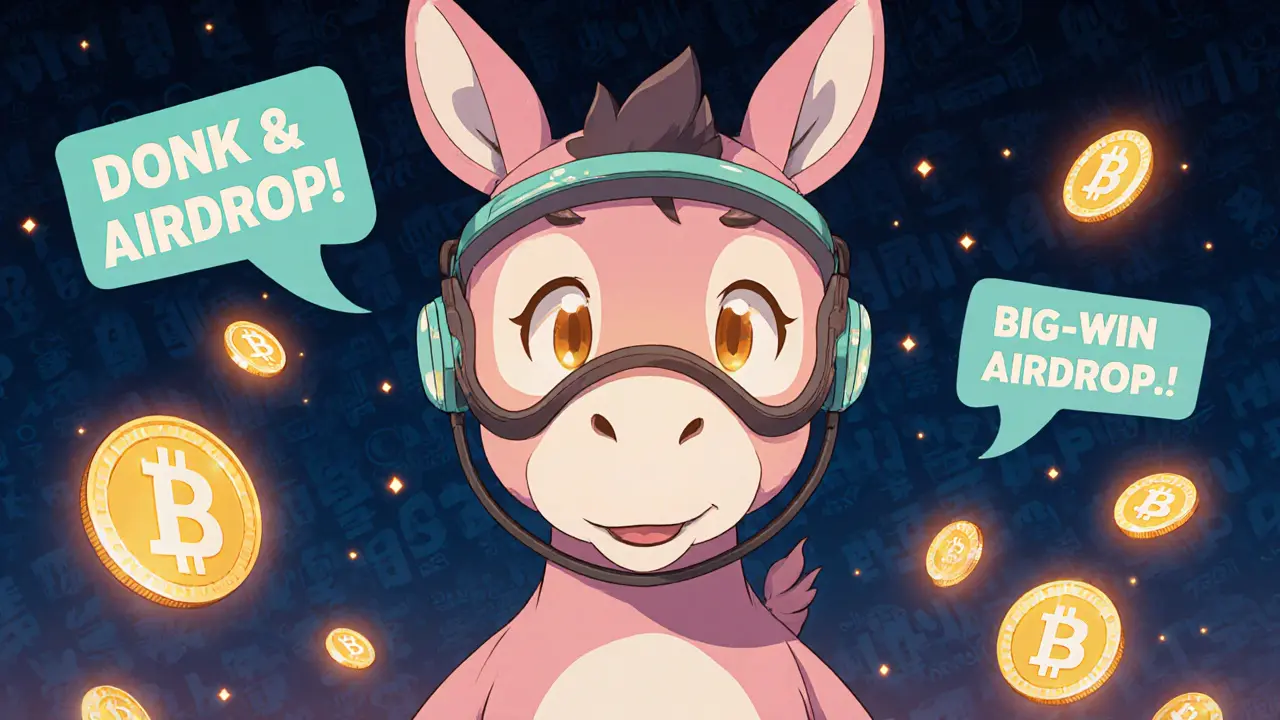Crypto Trends in October 2025: Airdrops, Regulations, and High-Risk Tokens
When you’re navigating crypto airdrop, a free distribution of cryptocurrency tokens to wallet holders, often used to bootstrap new projects. Also known as token giveaway, it’s one of the most exploited tactics in crypto—especially in 2025, when scams masquerading as airdrops flooded platforms like Bitget and Bybit. This October, we dug into the real ones—like DOGGY and DONK—and exposed the fake ones, like the rumored Hacken (HAI) airdrop that turned out to be a phishing trap after their June breach. These aren’t lottery tickets. They’re tests of your ability to separate noise from value.
Behind every risky token is a regulatory backdrop. In October, cryptocurrency regulation, government rules governing the use, trading, and taxation of digital assets. Also known as crypto legal framework, it’s the invisible force shaping who can trade, where, and under what penalties. Turkey passed Law No. 7518, India tightened its 30% tax and TDS rules, Brazil enforced its 17.5% capital gains rate, and Norway banned new crypto mining data centers. Meanwhile, Egypt and Bangladesh saw underground P2P trading rise as banks shut doors. These aren’t distant policies—they directly impact whether your wallet works, your trades clear, or your assets get seized.
And then there are the tokens that shouldn’t exist but still do. high-risk crypto, a digital asset with near-zero liquidity, no active development, and no exchange listings, often dropping over 95% from its peak. Also known as pump-and-dump coin, it’s the digital equivalent of a car with no engine being sold as a luxury ride. MUNITY, FOC, and SUL are all examples—tokens with flashy names, zero utility, and price charts that look like freefall. We didn’t just report on them. We explained why they’re dead on arrival and how to avoid the next one.
Not everything in October was doom and gloom. We broke down how DeFi token, a cryptocurrency that powers decentralized finance protocols like liquidity pools, yield farming, or automated trading. Also known as liquidity token, it’s the fuel behind platforms like Balancer, StellaSwap, and PartySwap. work—without the jargon. You don’t need to be a coder to understand APY vs APR, how Balancer’s pools differ from Uniswap, or why StellaSwap on Moonbeam matters for Polkadot users. These aren’t niche topics. They’re the building blocks of real crypto wealth.
What you’ll find below isn’t a list of headlines. It’s a curated archive of October 2025’s most urgent crypto truths: the airdrops you can claim safely, the regulations that could jail you, the tokens you should walk away from, and the DeFi tools that still work. No fluff. No hype. Just what you need to know before you click, trade, or invest again.
- October 30, 2025
- Comments 8
- Cryptocurrency
What is Metahorse Unity (MUNITY) crypto coin? Facts, risks, and why it’s fading fast
- October 29, 2025
- Comments 9
- Cryptocurrency
What is TheForce Trade (FOC) crypto coin? Full breakdown of price, utility, and risks
- October 28, 2025
- Comments 8
- Cryptocurrency
VPN Usage for Crypto Exchange Access: Why 70-80% Detection Rates Are Real and What to Do About It
- October 27, 2025
- Comments 9
- Cryptocurrency
HeroesTD (HTD) Airdrop 2025: What We Know About the Coinmarketcap Event and Token Details
- October 26, 2025
- Comments 19
- Cryptocurrency
Crypto Trading Risks for Bangladeshi Citizens - What You Must Know
- October 25, 2025
- Comments 6
- Cryptocurrency
Middle East Crypto Banking Bans: Full 2025 Regulatory Overview
- October 24, 2025
- Comments 18
- Cryptocurrency
PartySwap DEX Review 2025: Features, Security & Alternatives
- October 23, 2025
- Comments 4
- Cryptocurrency
Common Seed Phrase Mistakes to Avoid for Safe Crypto Storage
- October 22, 2025
- Comments 17
- Cryptocurrency
Turkey's Pivot Toward Comprehensive Crypto Regulation in 2025
- October 21, 2025
- Comments 8
- Cryptocurrency
Wrapped Rootstock Bitcoin (WRBTC) Explained: What It Is and How It Works
- October 20, 2025
- Comments 11
- Cryptocurrency
DONK Airdrop Guide: How to Claim Free Donkey Tokens in 2025
- October 19, 2025
- Comments 2
- Cryptocurrency


